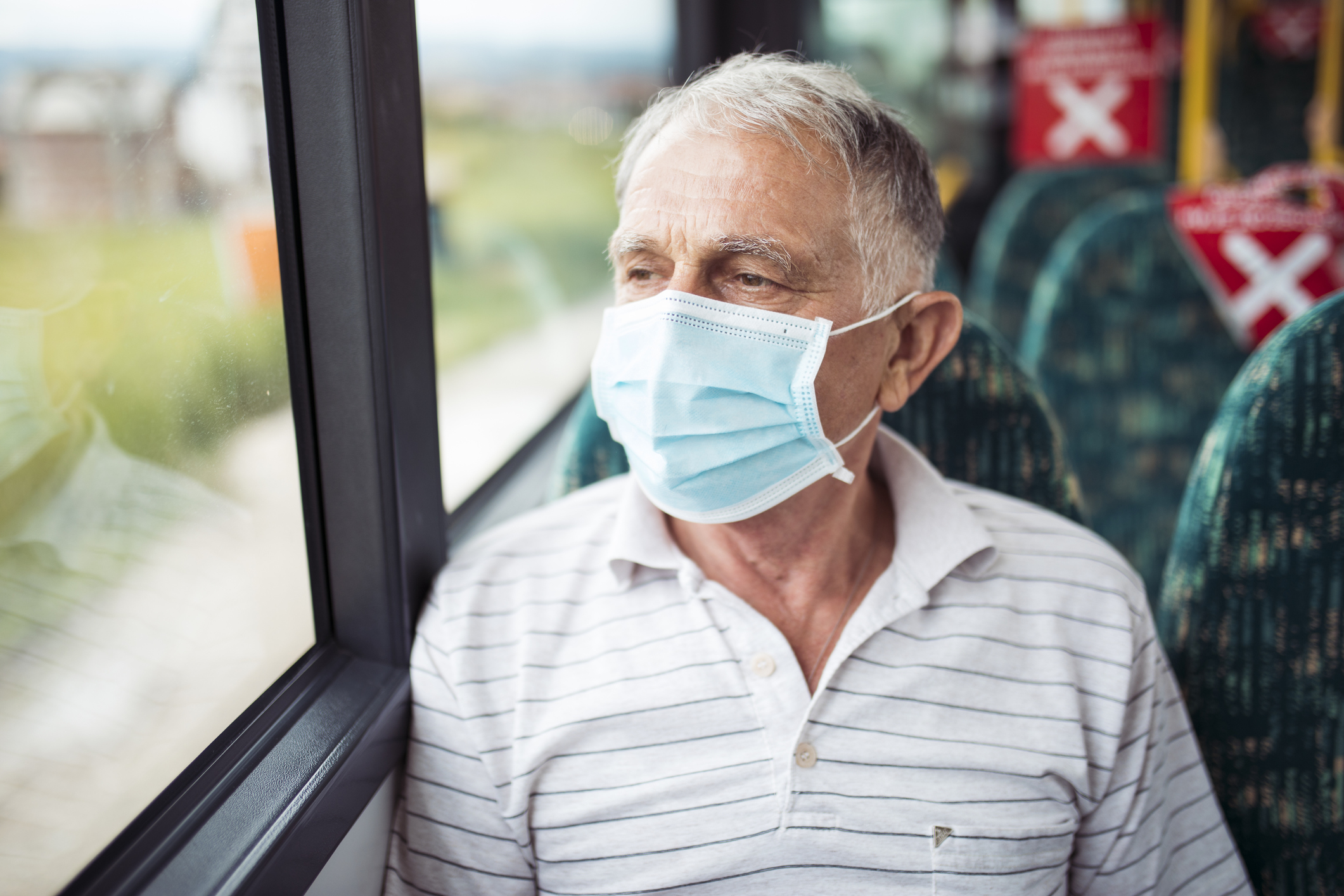While a large proportion of the population continues to wait for their chance to receive a COVID-19 vaccine, along with variant strains of the virus cropping up around the world, many people may be wondering if they need to step up their mask-wearing game and adopt double masking, rather than one single face mask in public.
At President Biden’s recent inauguration, many viewers noted that key players were wearing a surgical or disposable mask under their cloth face mask. In situations where social distancing is not possible, such as on an airplane, additional facial mask layers offer more protection. Double masking, or using a filter insert in a triple-layered cloth mask helps block fine droplets and particles that may spread the novel coronavirus. Although many governments, including the United States, now require the wearing of masks on all forms of public transportation, in public settings, and at events and gatherings, the Centers for Disease Control continues to recommend a single, two or more layered, washable, breathable fabric face mask.
Masks made of fabric that makes breathing difficult, such as vinyl, are not advised. People should not choose a mask that has exhalation valves or vents that may allow virus particles to escape or N95 respirators or surgical masks that are intended for healthcare workers. All masks and gaiters should be at least two layers, folded if necessary, and completely cover both the nose and mouth snugly without gaps. The requirements for masks used by those choosing double masking are identical.
Face shields are not recommended, their effectiveness is unknown at this time. For people who wear glasses, a face mask with a nose wire that can be adjusted may help prevent fogging of lenses. Secure the wire snugly over the bridge of the nose and place glasses on top of the upper edge of the mask. Children under the age of two should not wear a face mask. Scarves, ski masks and balaclavas are not adequate substitutes for a mask.
Don’t forget that cloth face masks need to be washed frequently. As we prepare for another month of winter and continued social distancing, it’s a good time to collect all the face masks from pockets and purses and throw them in for a good laundering. Be sure to put on a fresh mask with washed or sanitized hands, avoid touching the mask while wearing it, and remove it by using the ear loops or strings and washing or sanitizing hands immediately after taking it off. Be careful not to touch your eyes, nose or mouth with unclean hands.
Keep wearing your mask, even after receiving two doses of the vaccine. It may be possible to spread the virus, even if you have recovered from COVID or been vaccinated. They are an effective measure, along with distancing and good hygiene to help reduce the spread of the virus. A recent study in Beijing found that face masks were 79 percent effective at blocking transmission from infected people to those in close physical contact.
Wearing a well-fitted cloth mask of a least two layers could not only help stem the spread of COVID-19 but also limit rates of acquiring the virus. Widespread use of face masks could be a significant factor in helping to tip the scales in the right direction, giving healthcare workers, hospitals and vulnerable populations a fighting chance while public health organizations and governments work to get this pandemic under better control.






Add Your Voice
0 Comments
Join the Discussion